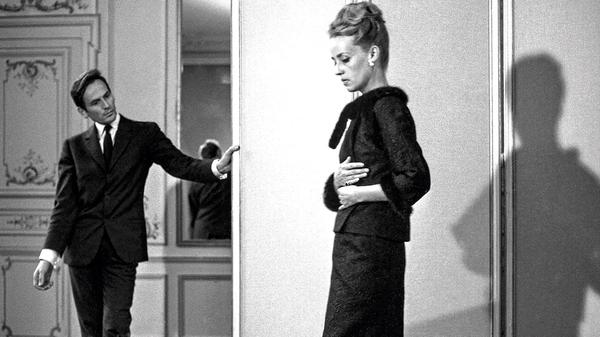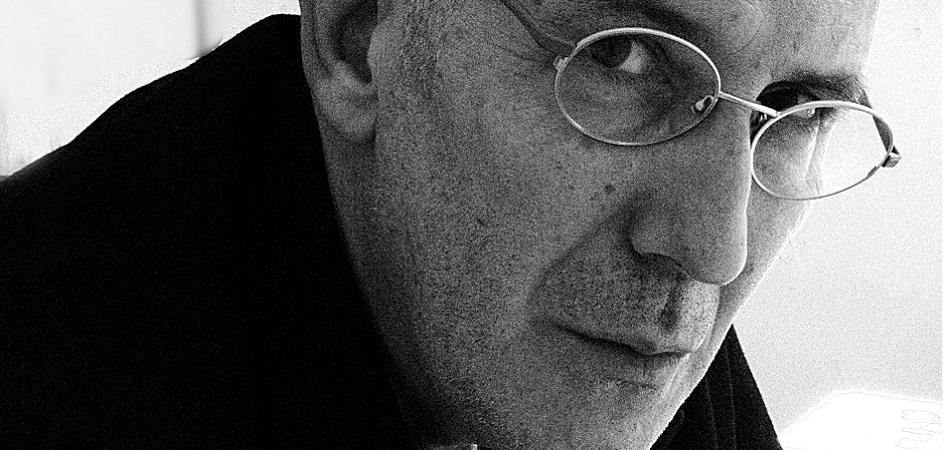The Prolific Creator: How Pierre Cardin Changed 20th Century Fashion
He created a lifestyle, with proposals with his name, to dress, perfume, sit, travel..., becoming the longest-lived fashion designer -he lived to be 98 years old- in the men's section, because in the women's category he was surpassed by Madame Carven (1909-2015), who reached 105 years of age. Avant-garde and visionary, with a geometric air, he achieved success in the revolutionary 1960s of the last century and was always ambitious and tenacious in everything he set out to do. For example, in parading their fashion in communist China and Russia, but not anywhere, but in the strategic Red Square, before more than 200,000 people, and the Forbidden City. It is not strange that many consider him a myth of the second half of the 20th century.
Italian by birth, who came into the world under the name of Pietro Cardini (1922-2020), set foot on French soil when he was barely two years old. He was the youngest of ten siblings. His family, of humble origins, had emigrated from Veneto, settling in Saint-Étienne, not far from Lyon. After the Second World War, he moved to Paris, where he took his first professional steps in firms such as Paquin, Schiaparelli and Dior, where he met a then very young Yves Saint Laurent.
Cardin, who founded his couture house in 1950, initially dedicated himself to creating masks and theater costumes, ever since he befriended set designer Christian Bérard and playwright Jean Cocteau, taking care of the costumes for Beauty and the beast, among other works. Four years later, he opens his store. His haute couture will be influenced at first by Dior, but he soon refines his style and delves into prêt-à-porter, with his first women's collection in 1959. A year later, the men's collection would arrive, something that before he no designer had dared to make. The most orthodox then invited him to leave the Paris Sewing Chamber, alleging among other reasons that his proposals are sold in department stores. "Three years later they would call me back to make me president," he would remember with a smile. And it is that the sacred cows of the 60s fashion saw that Cardin was right, and that the shots were going that way. "Prêt-à-porter is what has allowed me to exist," this cultured and well-traveled man confessed without shame, who spoke several languages, including Spanish.
Almost nothing would resist him, not even furniture design, which he delved into with some success and profusion, until he became the designer who has perhaps had the most expansion, thanks to the licenses he granted around the world -around of a thousand–; products of rather low quality, but more accessible to the public, something for which he was always reproached by the elites of high fashion. “Work is a drug. I sell my products, not myself, and creating is a reason to exist, because the true value is in the creation”, said the person who was on the cover of Time in 1974 and shared four years of his life with the actress Jeanne Moreau.
Let's Talk | “Mommy Pressure” and how to get stuck https://t.co/66nOIdJyJ8
— Reese Dennis Thu Jul 22 13:10:10 +0000 2021

Unlike Saint Laurent, who he believed “invented elegance, but not creation”, he did not need a Bergé at his side. He was a designer and businessman at the same time, as well as a seamstress, capable of making a garment a reality from start to finish. The "business tycoon", as they would call him, with properties beyond fashion, such as Maxim's, a once-level restaurant chain, and present in several international cities, as well as with a multitude of derivative products that bear his name, does not he was reluctant to say: "I learned to sew, but also to count."
A cultural patron, in the early 1970s he inaugurated his Espace Pierre Cardin, dedicated to dance, theater, music, painting and sculpture in the old Théâtre des Ambassadeurs, near the Parisian Place de la Concorde, and for many years he directed the festival of lyrical and theatrical art at Lacoste. Two of the books that best portray his career are Pierre Cardin. 60 years of creation and Espace Pierre Cardin, written by his right arm, Jean-Pascal Hesse.
His pharaonic project, never forged, was the Palais Lumière, an immense 280-meter building that would house a thousand apartments, with some thirty elevators... and that he devised with Venice or some Arab country in mind. It was “a habitable sculpture”. What did stand up was his museum, opened in 2006 in Saint-Ouen, on the outskirts of Paris, and later transferred to the French capital. At the end of December 2020, Pierre Cardin died, but his legacy continues, hand in hand with his great-nephew Rodrigo Basilicati Cardin. Among his projects, a great parade this year, a tribute to the teacher.









